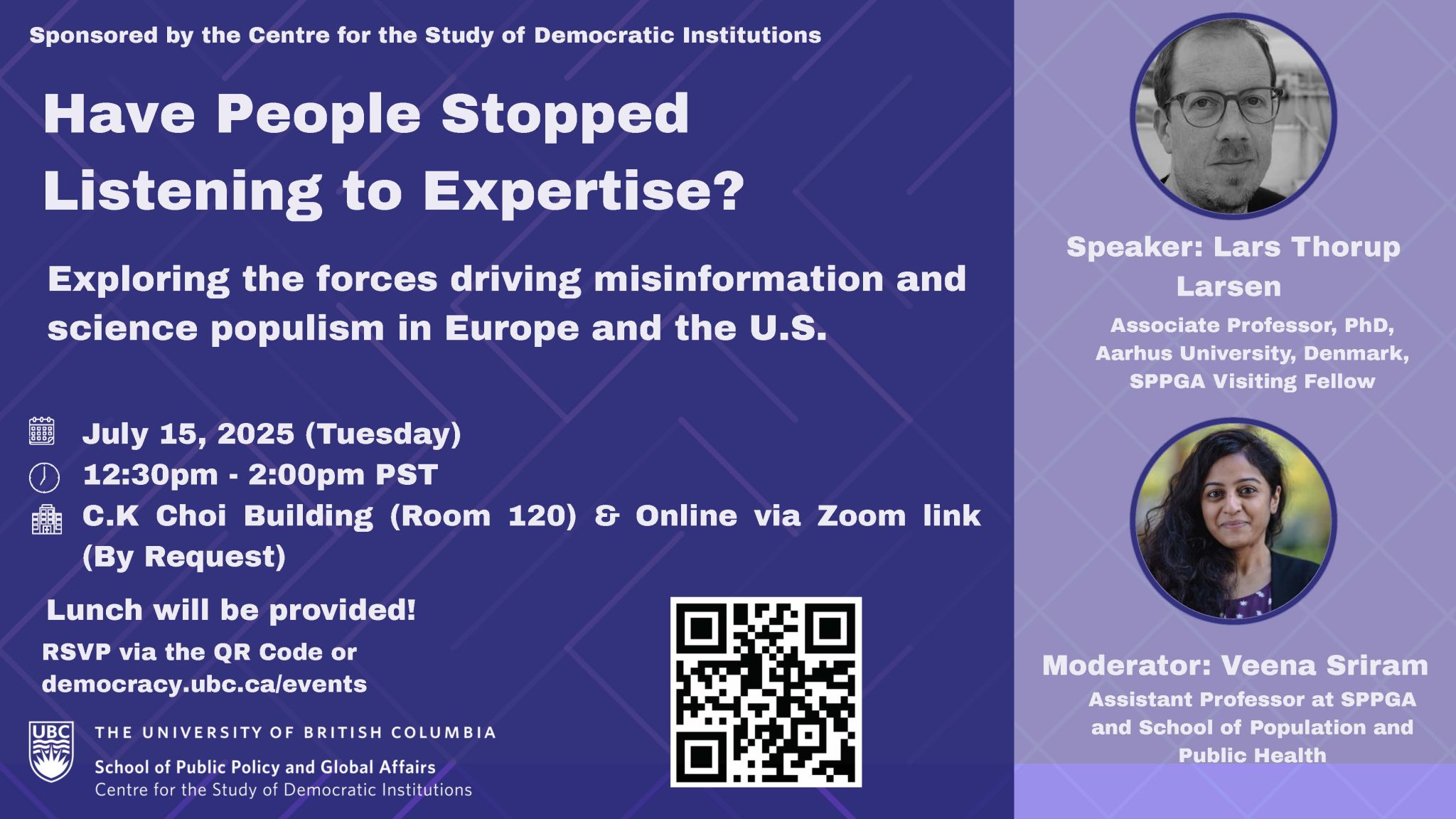When China expanded dramatically into the South China Sea in 2015, there was little reaction. Now, approaching one year later, scholars and nations are beginning to react and understand how historic this move was. The geographical heart of ASEAN has been cut out. China’s “dual strategy” offers attractive infrastructure projects and increased trade, but forbids discussion of the South China Sea. This strategy has been quite successful. Ironically, this crisis is a great opportunity for ASEAN to make much needed reforms without losing its unique identity. A major factor in all this is the rapidly solidifying sense of an ASEAN identity among younger generations, which will dramatically melt away many of ASEAN’s problems, and allow it to negotiate with major powers as an equal. In the meantime, the rise of China may not involve any direct confrontations, and ASEAN will probably continue to develop economically. However, the unique, gradual and sometimes painful evolution of the past 50 years may be lost, and the region could revert to the era of ASEAN’s founding: a group of disorganized pawns in the strategies of the major powers.
Speaker Bio:
Jim Placzek, PhD, lived lived for 7 years in Thailand before returning in 1975 to Canada and completing an MA in Linguistics and an interdisciplinary PhD in Southeast Asian culture history, both at UBC. For 20 years he taught Asian Studies at Langara College, and Thai language at Capilano University. He also taught various courses at UBC. For the past 2 years Dr. Placzek has been teaching in Pridi Banomyong International College at Thammasat University in Thailand. He’s teaching graduate and undergraduate courses and supervising MA candidates in ASEAN Studies.
Sponsor: Centre for Southeast Asia Research
Place: Room 120, C.K. Choi Building,1855 West Mall
By: Jim Placzek, PhD
Type: Event
Dates: Tuesday, Jun 21, 2016 to Tuesday, Jun 21, 2016
Time: 12:00pm – 1:30pm

